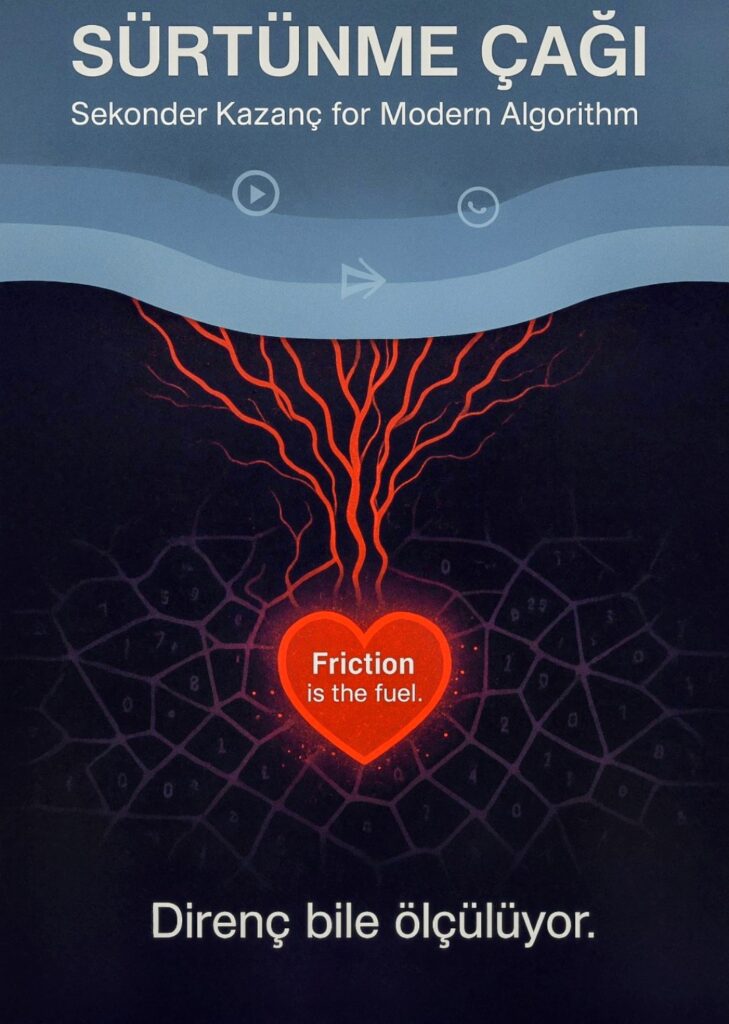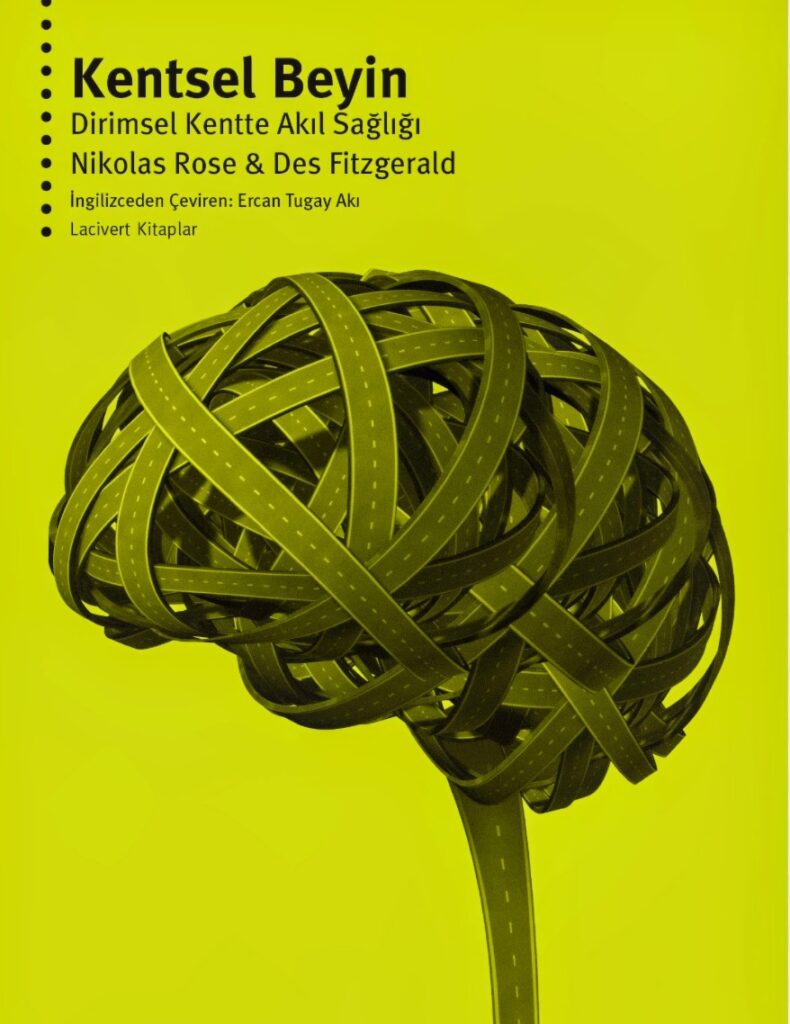The Stock Market Economy Of The Modern Immune System

In today’s digital and economic infrastructures, immunity is not merely a biological defense mechanism but has also become a data-driven financial exchange system. The body transforms into a market actor that generates its own risk profile within the algorithmic order. The study treats the concept of “immunity” as a metaphorical exchange between biological, economic, and digital symptoms. The Stock Market Economy Of The Modern Immune System also examines how the ideals of health, security, and efficiency become objects of systemic speculation.
The Stock Market Economy Of The Modern Immune System is the representative of the new “synthetic truth.” Thus, life is no longer merely regulated. It becomes an investment. The immune system is the internal exchange of this new biopolitical economy.

As Byung-Chul Han states in his text Immunität der Gesellschaft (2010), modern societies no longer develop immunity against external enemies that’s excessive stimuli. This leads to the economization of defense reflexes. Immunity is no longer a biological but a data-based form of capital.
The digital ecosystem of the 21st century is built on the ideal of a “frictionless experience.” Every action from clicking to thinking, from buying to feeling, has been made as fluid, fast, and seamless as possible. However, this fluidity has led to the invisible suppression of micro-resistances that determine human action—hesitation, indecision, slowing down.
From Biological System to Economic Model
In the financialization of immunity, the modern individual manages their own immunity like an investment portfolio. Biometric data such as sleep hours, pulse, stress levels, and genetic risk ratio are the new raw material of what Zuboff defines as “surveillance capitalism.

In this context:
Risk = probability of illness,
Volatility = emotional fluctuation,
Liquidity = flexibility and resilience,
Valuation = data predictions made by health
algorithms.
The immune system now functions like a market mechanism. It changes value according to threat signals and establishes supply-demand balance through emotional and chemical reactions.
The concept of the “Age of Friction” discusses the reemergence of these suppressed micro-resistances at both the individual and systemic levels. Modern algorithms generate secondary gains from this resistance itself, beyond the frictionless experience they offer the user. Every pause, every return, every mental deviation functions as a gold mine for data mining and behavioral prediction.
Thus, friction ceases to be a system error and becomes its energy source. This paradox, which lies at the heart of algorithmic economics attempts to eliminate friction in human behavior. This cause visible friction to become the system’s most efficient source of information.
Consequently, the “Age of Friction” reflects a period in which even human resistance is transformed into measurable, priceable, and optimizable data. Modern algorithms manage not only flow but also pause.

This is the most invisible yet most effective secondary gain of the digital age. Humanity’s primitive memories and the brain’s programming language contain software that has kept us alive until today and continues to do so.
Intuition and the decision-making mechanism are trying to weed out all the faulty codes of this digital economy with invisible hands. The body resists survival, while biopolitics wants to monopolize and manage these potentials of resistance and keep the mind-body under control.

The Stock Market Economy of the Modern Immune System: The Urban Brain
Nikolas Rose and Des Fitzgerald’s book The Urban Brain examines specific megacities and metropolises from a neuroecosocial perspective, describing the impact of urban life on mental health. It focuses particularly on how urban life and mental life are intertwined, focusing on the interaction between humans as organisms and the social and material environment in which they live.
They see cities as machines whose vitality stems from various regimes, organizational and operational rituals that maintain the interconnectedness of diverse bodies, materials, symbols, and intelligences within specific computational and allocation networks.

The image on the book’s cover depicts a brain that appears like a wedding-bound cable, its strands formed by roads. This image represents the governing apparatus of modern digital life, the hardware (Hardwire) of a new type of digital body. It displays the maps of a concrete mind and a body gained by space, architecture, buildings, roads, and megastructures in a new economy of reality.


